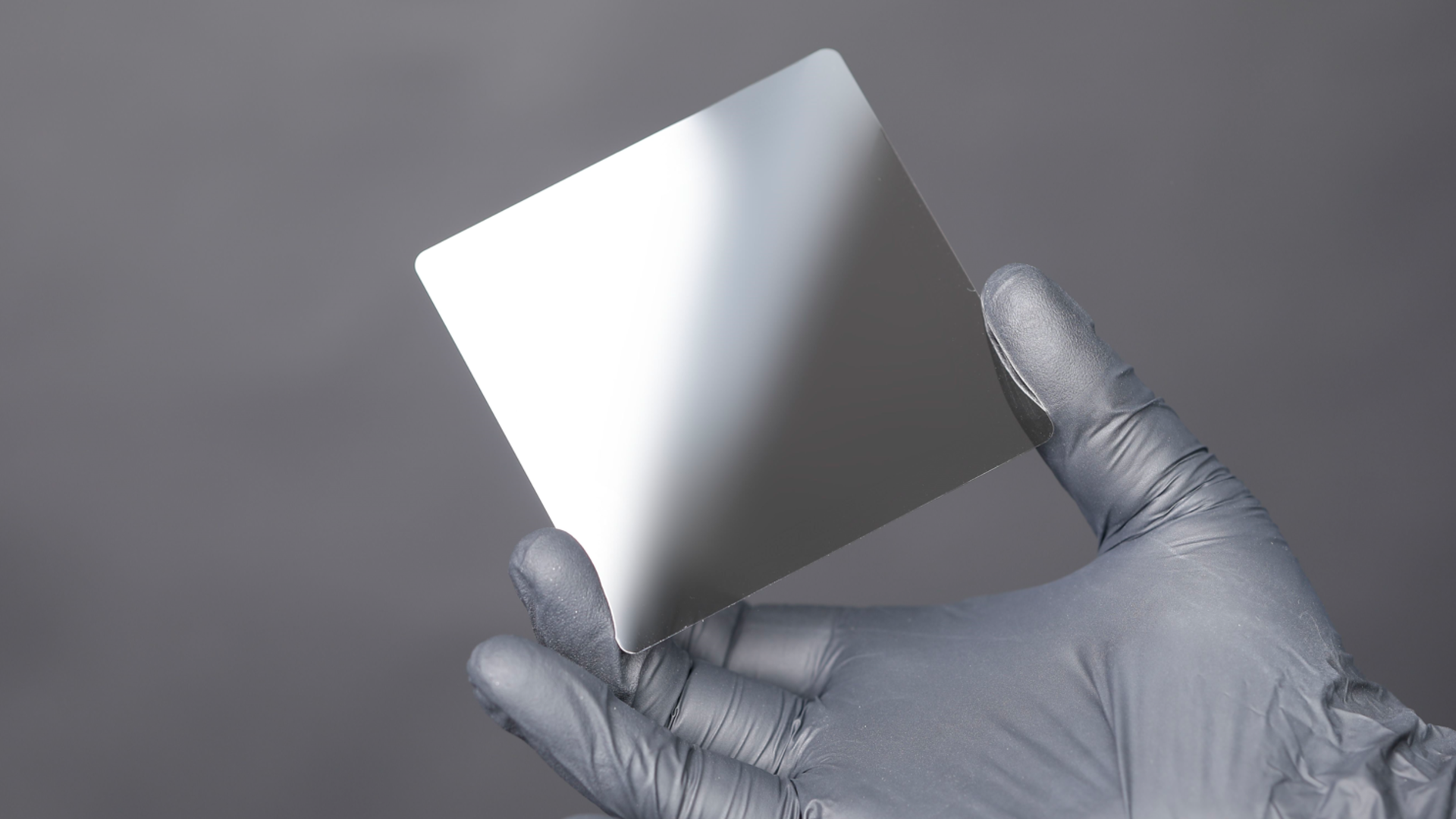Own a piece of storage history - Cerabyte gives away framed ceramic on glass media samples containing copies of the US Constitution
Gigabyte-scale prototypes signal early progress toward scalable, glass-based storage

- Cerabyte’s ceramic-on-glass technology introduces a new era for sustainable digital archiving
- Permanent media eliminates the energy needs of conventional archival data systems
- Smartphone-readable samples show how accessible permanent storage could soon become
At the recent 2025 Open Compute Project (OCP) Global Summit in San Jose, California, Cerabyte offered attendees an unusual opportunity to “own a piece of storage history.”
The company showcased framed samples of its ceramic-on-glass media, each containing a digital copy of the US Constitution.
These early access samples show a new form of data preservation technology that aims to outlast every conventional medium currently in use.
Ceramic media designed for endurance
The giveaway was part of the OCP Innovation Village, where companies present technologies reshaping the future of computing, networking, and data centers.
Cerabyte’s approach is based on the idea that data storage should be both permanent and sustainable.
The company’s ceramic media does not require maintenance, energy, or migration to preserve information, offering what it calls “unlimited data preservation.”
This design greatly reduces long-term storage costs and carbon footprint, a claim that will likely appeal to data-heavy industries such as hyperscalers, research institutions, and digital archives.
Sign up to the TechRadar Pro newsletter to get all the top news, opinion, features and guidance your business needs to succeed!
This demonstration focused on symbolic content rather than capacity, and the current prototype reportedly holds several gigabytes.
Visitors at the summit saw a live demonstration showing how to read and decode the data stored on the ceramic-on-glass media using a standard smartphone.
This accessibility feature sets the technology apart from traditional archival storage, which often requires specialized readers or environments.
“Data is at the core of society as well as artificial intelligence, yet storage media is not designed to retain data permanently while allowing it to be quickly accessible,” said Christian Pflaum, Cerabyte CEO. “This is a unique combination that is key to saving the past and unlocking future use cases.”
Despite the promise of longevity and efficiency, questions remain about scalability, production cost, and real-world adoption.
While the ceramic-on-glass samples offer a striking glimpse into archival permanence, their path toward commercial viability in modern cloud storage environments and AI data infrastructures is still uncertain.
For now, attendees at the OCP Summit not only got to take home a memento of innovation but perhaps a tangible sign of where the future of data preservation might lead.
Follow TechRadar on Google News and add us as a preferred source to get our expert news, reviews, and opinion in your feeds. Make sure to click the Follow button!
And of course you can also follow TechRadar on TikTok for news, reviews, unboxings in video form, and get regular updates from us on WhatsApp too.
You might also like
- The convergence of DSPM, DLP, and data privacy
- Here are the best mobile workstations around today
- We've also listed the best monitors for every budget and resolution

Efosa has been writing about technology for over 7 years, initially driven by curiosity but now fueled by a strong passion for the field. He holds both a Master's and a PhD in sciences, which provided him with a solid foundation in analytical thinking.
You must confirm your public display name before commenting
Please logout and then login again, you will then be prompted to enter your display name.